Read Wild: Cli-fi, How Books Can Start Conversations and Inspire Action
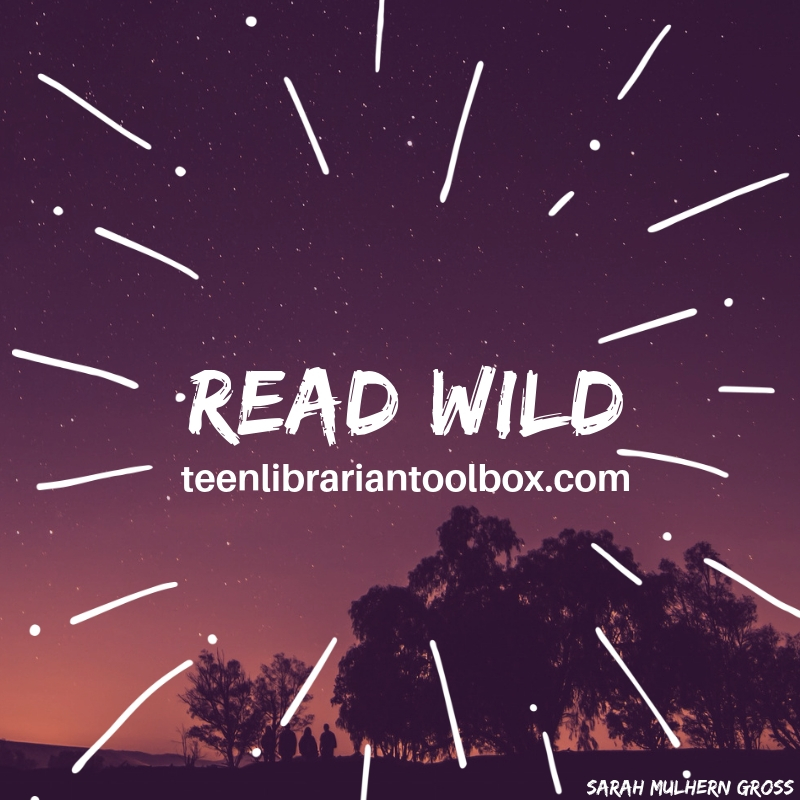
According to a recent NPR/Ipsos poll, more than 80% of parents want climate change taught in schools. And that statistic is pretty solid regardless of political affiliation, with 66% of Republicans and 90% of Democrats agreeing that climate change should be taught. Sounds great, right? The problem is that the same poll also revealed that while teachers are very supportive of teaching climate change, more than half of those surveyed are not teaching it and almost 2/3rds said that’s because it’s outside of their subject area.
What’s the answer to this conundrum? Stories, of course! In 2015, Ed Maibach, director of George Mason’s Center for Climate Change Communication, said at a White House meeting on climate change that “Numbers numb, stories sell. We don’t deal well with numbers — it tends to suspend our sense of emotion — but we respond very, very well to stories.”
ADVERTISEMENT
ADVERTISEMENT
Cli-fi, or climate fiction, has been around for ages, though the term entered popular use in the 21st century. It’s defined as a fictional story that includes the effects of climate change. These stories might explore things like natural disasters, global warming, water shortages, natural resource access, fossil fuels, loss of species, or anything else related to our changing planet. Adult fiction is full of cli-fi, including The Overstory, this year’s winner of the Pulitzer Prize. Luckily, children’s and YA literature are also confronting climate change head-on through cli-fi. Sharing cli-fi books with teens is a great way to engage students in one of the biggest issues of their (and our) lifetime.
I’ve been using cli-fi books in one of the literature circle units I run in my 9th grade English class and they always inspire passionate conversations. In addition, they often inspire students to get involved by writing letters to the editor, joining our school’s Roots & Shoots club, and even in pursuing sustainability majors in college.
Reading a cli-fi book is one of the #readwild challenges I’m asking readers to engage in this year, so I’ve rounded up a few of my recent favorites below.
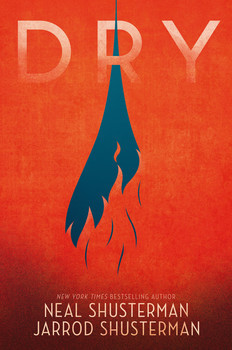
Dry by Neal Shusterman and Jarrod Shusterman: Before reading Dry you need to understand that it is absolutely terrifying. Set in a very near-future, Dry is the story of a group of teens caught in the middle when California’s drought escalates from inconvenient to life and death. Quiet suburbs are suddenly warzones, neighbors are stealing from neighbors, and families have turned against each other. Neal and Jarrod Shusterman have crafted a terrifying story that made me have to stop reading at points. This is great to pair with news articles about Flint and the drought history in California.
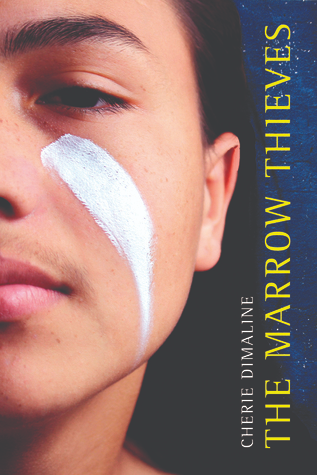
The Marrow Thieves by Cherie Dimaline: Dimaline’s book is set in a near future after the world has been ravaged by climate change. Climate change has led to people losing the ability to dream, so people are descending into madness. However, North America’s Indigenous people can still dream. Unfortunately, their bone marrow holds the cure for the rest of the world. With terrifying parallels to how Indigenous people were and are treated, The Marrow Thieves has been very popular with my teen readers. It pairs well with history classes and current events.

ADVERTISEMENT
ADVERTISEMENT
The Beast of Cretacea by Todd Strasser: Part Moby Dick and part cli-fi, The Beast of Cretacea is the story of a group ofteens sent to other planets to harvest resources and bring them back to Earth. Earth has been completely ravaged, so Ishmael is one of the teens sent into space. However, he isn’t just there to enjoy the clean air and cool weather; Ishmael risks his life to help his foster parents escape from the crumbling planet Earth. Pair it with Moby Dick to talk about environmental justice
These are just a few of the YA cli-fi books out there. Check out this great list Natalie Korsavidis posted on TeenLibrarianToolbox in 2017 for even more ideas. And don’t forget to share your progress on the #readwild reading challenge on social media!
Additional Resource:
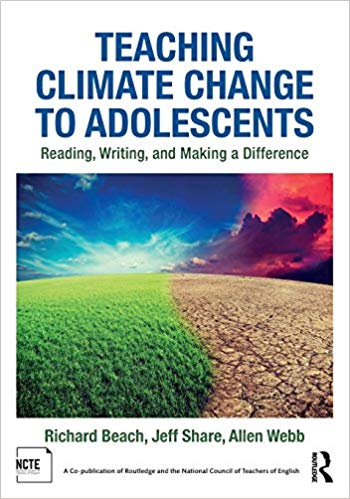
Teaching Climate Change to Adolescents: Reading, Writing, and Making a Difference (published by the National Council of Teachers of English) is a fantastic resource for those looking for more ways to talk about climate change outside of science class.
Meet Sarah Mulhern Gross

I am a National Board Certified teacher who teaches ninth-grade and twelfth-grade English at High Technology High School in Lincroft, New Jersey. I am a contributor to the New York Times Learning Network and my writing has appeared in Scientific American, Edutopia, ASCD, and The Washington Post’s Answer Sheet. In 2017 I completed my Master’s degree in teaching biology with Project Dragonfly at Miami University in Oxford, Ohio with a focus on defeating nature-deficit disorder in adolescents through interdisciplinary work.
FacebookTwittergoogle_plusShare
Filed under: Read Wild
About Karen Jensen, MLS
Karen Jensen has been a Teen Services Librarian for almost 30 years. She created TLT in 2011 and is the co-editor of The Whole Library Handbook: Teen Services with Heather Booth (ALA Editions, 2014).
ADVERTISEMENT
ADVERTISEMENT
SLJ Blog Network
2024 Books from Pura Belpré Winners
Passover Postings! Chris Baron, Joshua S. Levy, and Naomi Milliner Discuss On All Other Nights
Winnie-The-Pooh | Review
Parsing Religion in Public Schools
ADVERTISEMENT

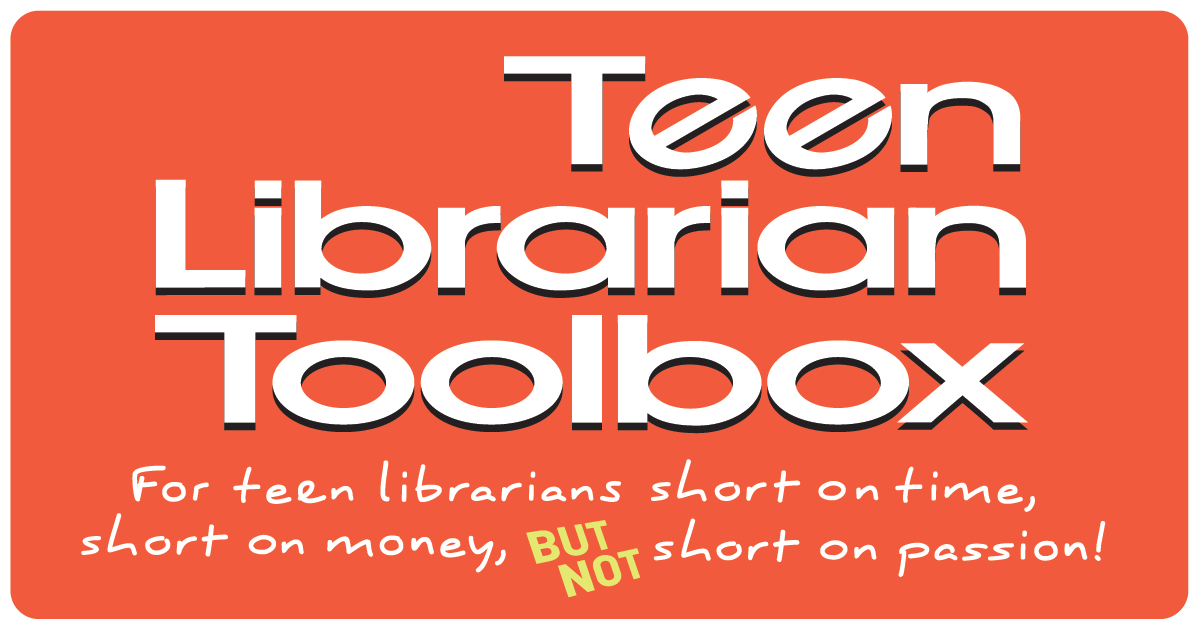

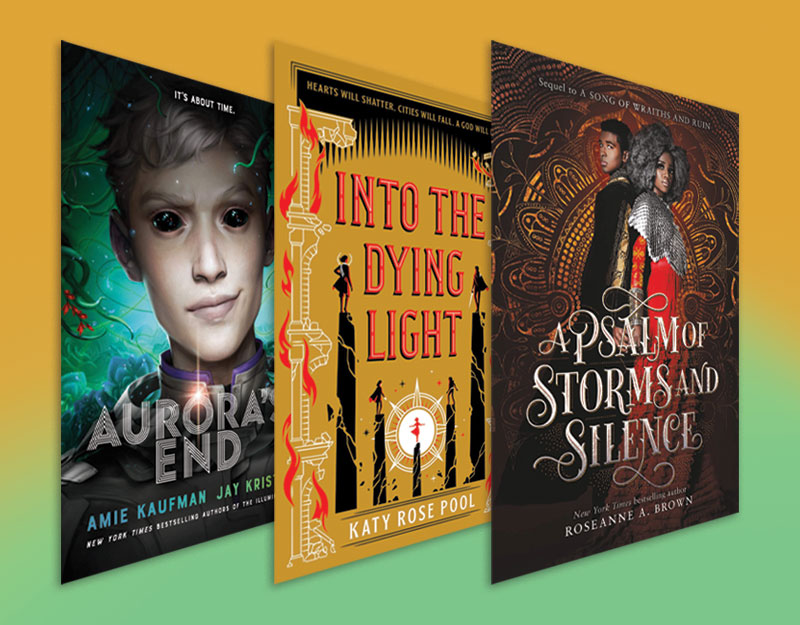
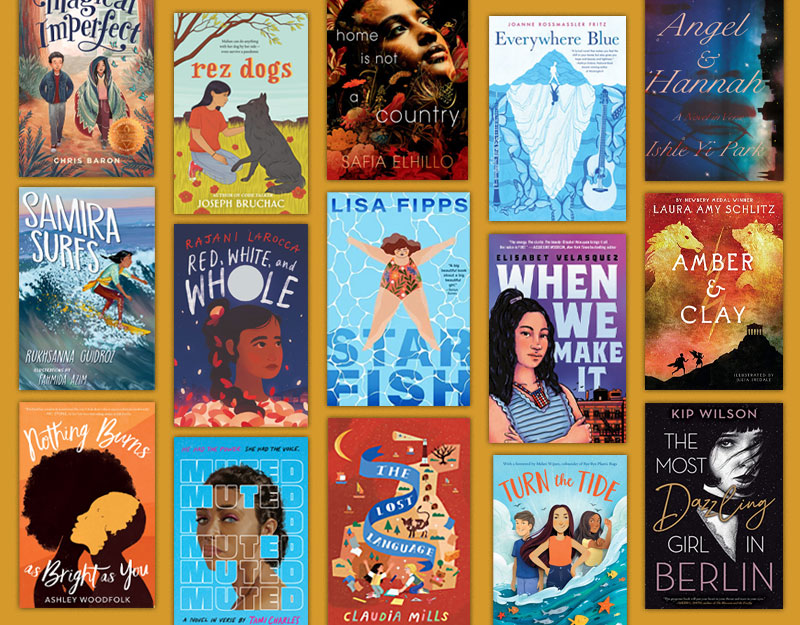
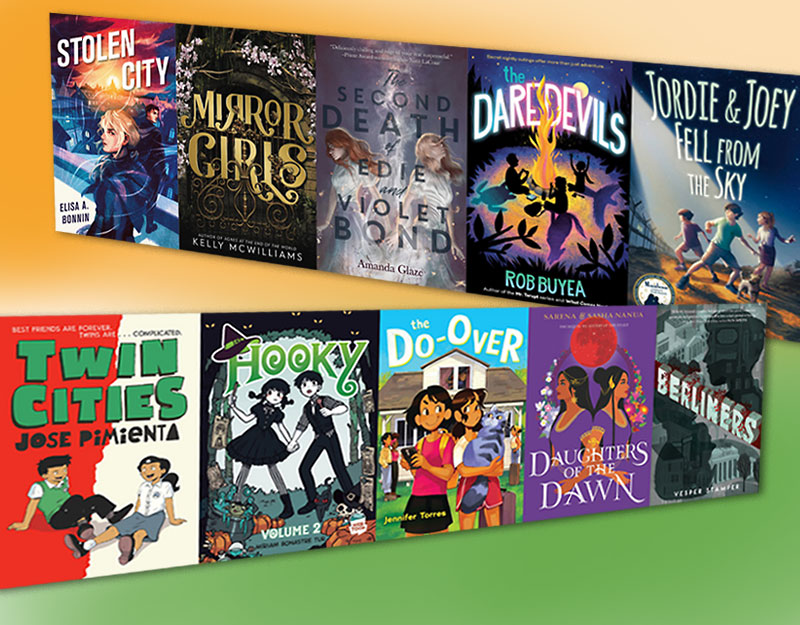


Love this post. Bravo. I coined the cli-fi term. Check my website RSVP. Dan
I completely agree! The power of Cli-fi storytelling is the path to arousing empathy, spark conversation and inspire kids, and the young at heart, to take action to reduce the devastation of climate change.